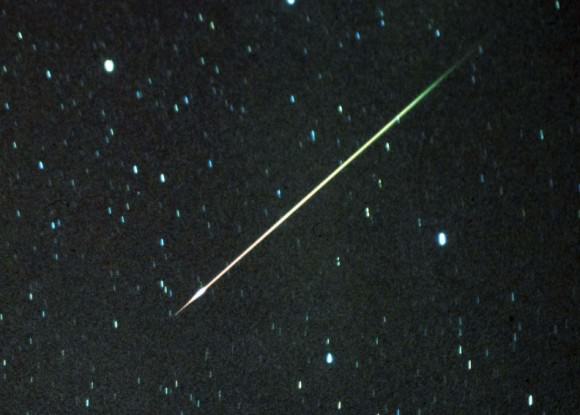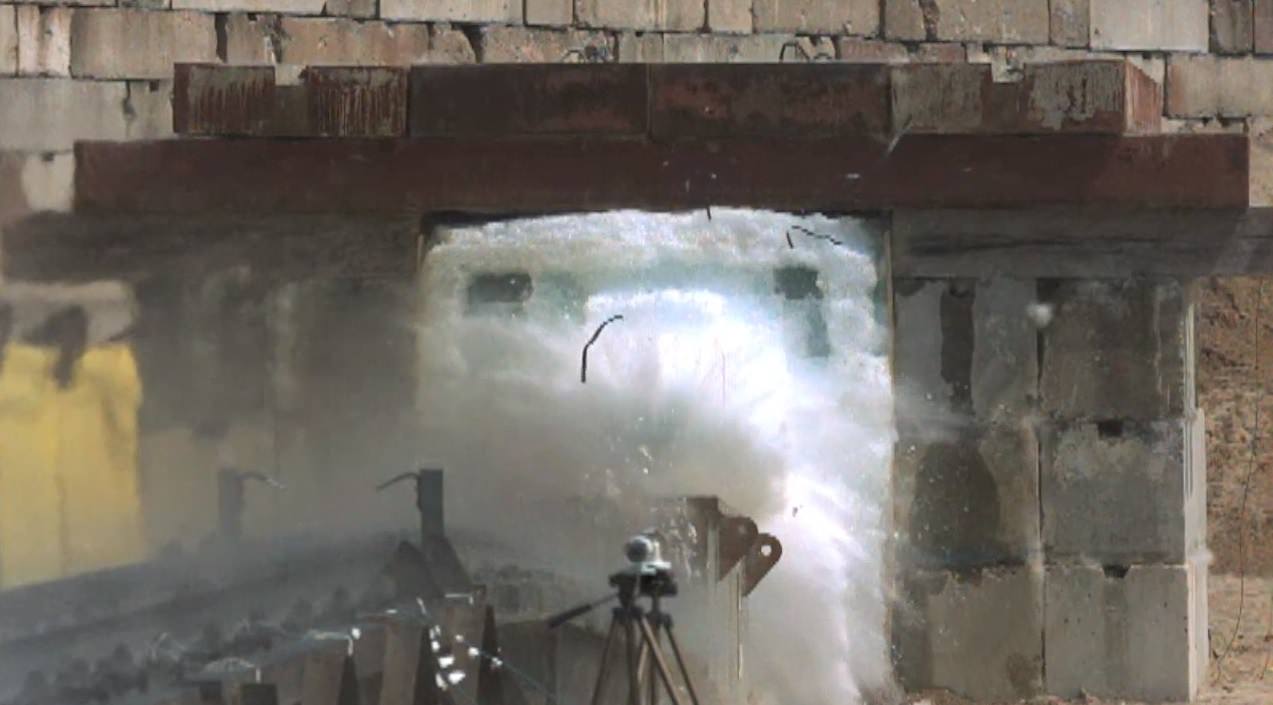If you want to get inside a planet or moon fast, the European Space Agency says lobbing a spacecraft at the surface might be a good approach.
This concept may sound like suicide. A recent prototype test, however, shows the spacecraft structure is mostly okay. Next step is figuring out what can survive on the inside.
ESA, like NASA and other agencies, isn’t afraid to test out new landing concepts if they suit better than the traditional ones (which use rockets and/or parachutes to land a spacecraft softly on the surface). Witness the Curiosity rover’s “seven minutes of terror” concept as a successful example.
Imagine that you want to look at water below the surface of Mars, or (like the people in Europa Report) you wish to plumb into the ice of Jupiter’s moon, Europa. One option could be a drill. Another one could be a subsurface spacecraft.
“One benefit over landers and rovers is that penetrators provide access to the subsurface without the need for additional drilling or digging,” ESA stated.
To test this out, engineers put 12 solid-propellant boosters on to a 44-pound (20 kilogram) prototype and fired it at almost the speed of sound at sea level: 1,118 feet a second (341 meters/second). (More technical details on the test).
The 1.5-second test, shown in the video, saw the prototype careening into 10 tonnes of ice at a deceleration of 24,000 times the force of gravity. Astronauts, by contrast, usually only withstand 3-4 g when going into space.
The scuffed and dented spacecraft was retrieved successfully, and now ESA is reviewing how well the internal structure held up in the chaos. They also plan to develop battery and communications systems that could somehow survive intact.
High-speed tests are not only useful for spacecraft landings, but also for meteor simulations.

An article in Wired recently covered the progress of the NASA Ames Vertical Gun range in its nearly 50 years of operation.
“Though it’s called a gun, the facility doesn’t look much like any firearm you’ve ever seen,” wrote Adam Mann. “The main chassis is a long metal barrel as thick as a cannon mounted on an enormous red pole that forks at the end into two legs.”
Check out how it’s studying meteor impacts on Mars in the Wired article.


Deep space 2: Part deux.
Yes… GPS guided 4″ & 6″ artillery rounds see 12K gee acceleration. The electronics, guidance motors and avionics are trick and WAY hardened.. These projectiles were first tested in gas generator ‘guns’.. Pretty trick pony here. Used to take 10-20 rounds for a Navy gun to to take out a target 10-12 miles away. Now only takes one round at 75 miles. Did I mention these rounds have little rocket motors in them? Knock- knock… Who’s there? Ka BOOOOM!
The speed of sound is a far cry from the kind of speed you would get smashing into a planet or even a moon without an atmosphere, which would be more in the 15,000 kph to 50,000 kph range (how many g’s that would be is well beyond me). I’d love to see them try a test at those speeds to see if anything survived.